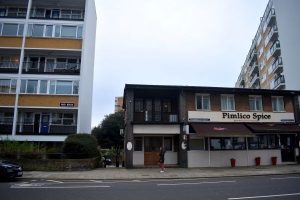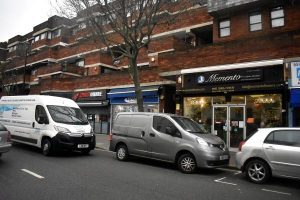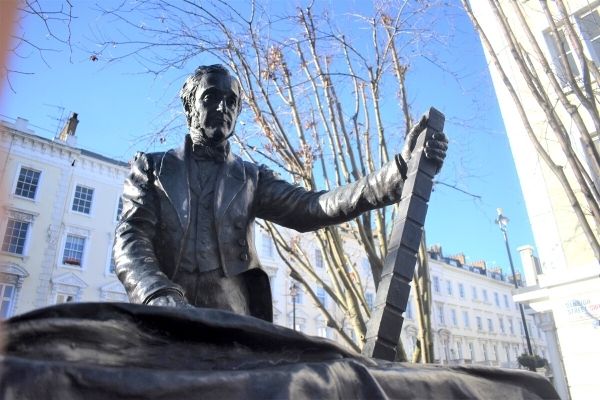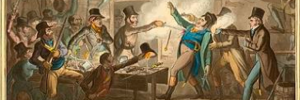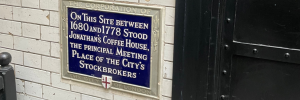How is it that some neighbourhoods work and others don’t? There is no better place than Pimlico to work that one out!
If you walk round Pimlico now, Cubitt’s grand white stucco terraces still gleam in the sun, some are now hotels and many are divided into flats there are pubs on corners, and green squares, punctuated here and there by post war housing, a modern garden village.
Building a neighbourhood is a constant process.
Buildings shape an area’s character, so do the people who live there. As people change and move and buildings age, so the character of the area evolves, and often there is at least a hint of a plan behind the good ones.
Pimlico, one stop south on the Victoria line from Victoria station, is special because it is near the political centre, the heart of the UK and London and the Palace of Westminster, and because it was planned by the wealthy Grosvenor family, using Thomas Cubitt. Large parts of London were created by speculative builders such as Cubitt, but he was especially good at what he did.
How old are the buildings in Pimlico?
Much of the housing he built in the 1820s is today interspersed with state-supported housing, both council and housing association, and the rules are different here as housing need rather than the market determines who gets the accommodation.
This all makes visiting Pimlico really interesting.
Iain Nairn in Pimlico
The brilliant but often forgotten, post war writer Iain Nairn lived in Pimlico. He was the Observer architecture critic, and collaborator with Nicholas Pevsner, on his series of books ‘The Historic Buildings of England’. Nairn wrote in the 1970s that he felt Pimlico really worked as a neighbourhood: a true garden village in the city.
At this time he was leading a big campaign (starting in the 1950s) about the importance of buildings in shaping community and society, in positive and negative ways. He cared passionately about the British townscape and he railed against some of what he saw the disasters of post Second World War architecture, which he thought broke, the organic nature of neighbourhoods.
He shared many of the ideas of the American writer Jane Jacobs, topically part subject of a new play at the Bridge Theatre, near Tower Bridge called ‘Straight Line Crazy’. She wrote about modern architects and planners breaking up communities in American city neighbourhoods. Her epoch-making book, of 1961 ‘The Death and Life of Great American Cities’ (1961) was about trying to save a community from being destroyed by modern town planning.
But Nairn thought that bringing together the new and the old could be made to work, such as in his home locale, Pimlico. In a film he made, available on You Tube, he celebrates highlighting the post war public housing developments of Churchill Gardens and Lillington Gardens which are found in Pimlico.
A sense of community
For Cubitt, building in the period 1820 -1850, a critical aspect of his success was the luxury factor of common ownership, in his development of Pimlico and parts of Belgravia, which allowed strategic decisions to be made on consistency and harmony without crushing individualism. Developers these days who do have an eye to building a community would give their eye teeth for such power, not often available to them.
Times have changed in so many ways since Ian Nairn produced his film in 1970 but if you walk round Pimlico now, Cubitt’s grand white stucco terraces still gleam in the sun. Some are now hotels and many are divided into flats, and there are pubs on corners, and green squares, enclosed or leading down to the Thames, all punctuated here and there by post war housing, a modern garden village. One notable omission is the Pimlico School, very much in the Brutalist style and demolished in 2008 after an attempt by the 20th Century Society to get it listed.
Take a look sometime soon and I am sure you it will not be disappointed – or better still come on my Garden Village of Pimlico walk

